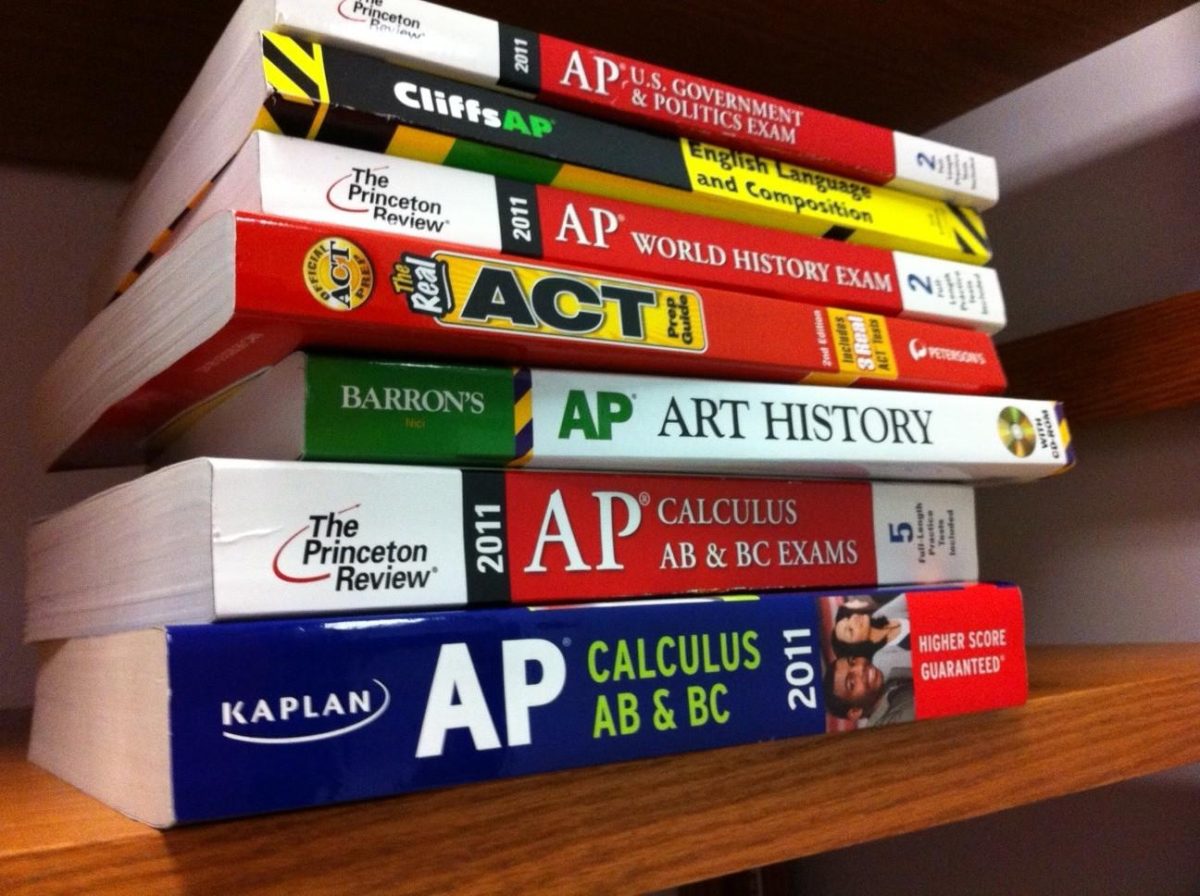by Emma Fischer| feature editor
Emma Kern, a freshman Smithson Valley student, piles herself with Pre-AP classes because of the multiplier. But, when she compares her GPA with NEISD students, she realizes that the higher multiplier gives advantages that may not be fair.
“Everyone knows that many schools are competitive, and so school rank should not be based on scores with multipliers since they vary,” Kern said. “I think [my school] has a fair multiplier. It’s not an insane amount like maybe 1.29 because that’d just bring your grade up so high you’d hardly have to try. I think 1.25 is good because it gives you a nice boost if you’re working hard, but not so much boost that you’re through the roof when you should be scraping by with a 70.”
Harder classes are often times associated with the multiplier. Students will take the class just for the weighted grade and not because they are interested in the material.
“The workload isn’t actually awful. In fact, it probably isn’t much more than regular classes, especially since Pre-AP teachers tend to understand the situation of a student taking Pre-AP classes. Usually there may be some homework due in two days, or a week, or you finish something you did in class,” Kern said. “I take harder classes because I know I’m able to succeed relatively well in them because of previous experience. I took Pre-AP classes in middle school, and so I knew I was already good at the subjects. This gave me a real reason to take harder classes, because I knew the multiplier would bring my grade up even higher, because I know I’m already getting good grades in harder classes.”
The multiplier for NEISD AP courses is 0.04 points higher than the Smithson Valley multiplier. Although it seems like a small amount, it can raise a student’s GPA dramatically.
“I do not think that the multiplayer is too high, as a harder course should have a better benefit. I don’t think it’s an unfair advantage because if we were to go out of state, the multiplier wouldn’t even matter. It because of Texas’ top ten percent rule. It places an unfair limit on high school kids, so the schools in Texas offer incentives to increase your rank to get into the Texas colleges, but there is no ten percent rule in other states. So, the out of state colleges don’t care about it because it’s technically not a true representation of our grades,” junior Peyton Craft said.
While most college follow the Top Ten Precent Rule, the University of Texas at Austin signs a waver every year to only automatically admit the top six percent.
“What we are seeing across the nation that’s a trend is that universities are wanting to more accurately compare students, so they may make their own GPA that is unweighted, so the grade that is earned in the core classes. The university does take what the school reports and so what we typically do, if given the option, we’ll report the weighted and unweighted. I think schools are trying to find more ways to more accurately compare GPAs,” counselor Courtney Tarbox said. “Everytime we send a transcript, whether it be for college applications or scholarship applications, we always include a school profile, so that way they can look at Johnson, look at the last graduating class and see what the GPAs are like, how competitive it is and how the multiplier are like. All that information is included on a campus profile.”
In the competitive school that is Johnson, rank and GPA is a huge part of choosing what classes to take, but sometimes those harder, more rigorous classes shouldn’t be taken because of the unweighted GPA many activities require.
“Things are continuously changing. The National Honor Society requiring the unweighted GPA started last year. That may change the way students think about their courses. We’ve always told students that the grade that they earn in that class is what goes on their transcript and that’s what college admissions will see. You want to be in a balanced course load where you can be most successful and make the best grades that you can in all of your courses. The courses are all based off of personal preference and what a student’s goals are. If your goal is to try to be in NHS or have an ‘A’ for an unweighted GPA, then maybe you don’t take all those AP courses. I encourage students to have a balanced workload,” Tarbox said.
Rank, however, is a huge part of the automatic acceptance rate to public in-state schools. The higher GPA makes rank more competitive and makes the work load more rigorous than a less competitive school.
“The rank that you receive that would go on your transcript is comes from freshman, sophomore and junior year. It can be a balance of the classes that you have taken. It’s a personal choice with what their goals are and what they want to do. I recommend students take AP classes with subjects they enjoy or want to be challenged in,” Tarbox said. “It does become a challenge because when you take an AP class, the goal is to do well enough to take the AP exam, but if you’re failing, maybe the class isn’t for you. If you’re taking so many classes just to keep up with rank and are falling behind on grades, that’s not good either. It’s all personal preference.”
Even with the high GPA, sometimes harder classes like AP core classes shouldn’t be taken when the students can barely pass or is failing the class.
“The multiplier is not worth a lower grade, because the multiplier only does so much. If you get a failing grade, the multiplier will help some, but you still would’ve had a higher percentage if you’d just done regular classes,” Kern said.
The many different multipliers from many different districts has caused some concern and wish from changes in NEISD.
“This system has been in place for quite some time now. It was established by the district. I think why it was originally put in place to encourage students to take those AP courses that are more rigorous. That 1.29 multiplier was put in place for that purpose,” Tarbox said.
The 70-year-old district is now looking at new possibilities to change the multiplier and make it more fair and even to other districts.
“The district is now in the process of meeting with parents on the middle school level. I know that for our’s, the one for Tex Hill will be on November fourth. We’ll get more information then. Any kind of policy changes have to start with the cohort before they come into high school before the change of policy is made. It’s to my understanding that they are re-evaluating the multiplier to try to allow a more leveled-out playing field when it comes to that rank. They will be giving more information in November,” Tarbox said.








